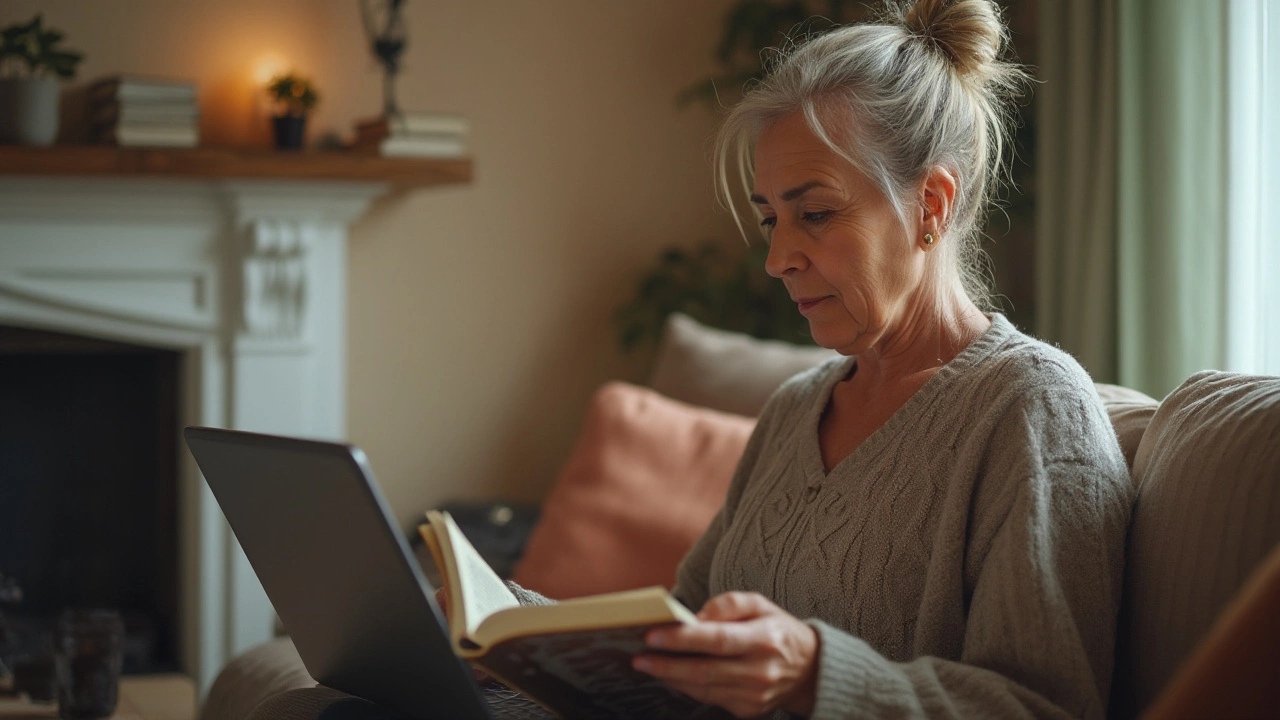Physical Well‑Being: Simple Steps to Feel Better Every Day
Want to move freer, sleep deeper, and ditch that constant ache? You don’t need a miracle cure—just a few everyday habits that add up. Below you’ll find easy ideas you can start right now, whether you’re a desk‑bound office worker or a weekend jogger.
Massage and Manual Therapy – Your Body’s Reset Button
Regular massage isn’t just a luxury; it’s a proven way to release tension, improve circulation, and lower stress hormones. A 30‑minute therapeutic massage once a week can melt stubborn knots and reset your nervous system. If you’re dealing with chronic back pain, ask your therapist to focus on deep‑tissue work and trigger‑point release. Those techniques break down scar tissue and let muscles relax naturally.
For a quick fix between appointments, try self‑myofascial release with a foam roller. Roll slowly over sore spots for 20‑30 seconds each, breathing deeply. You’ll notice a reduction in tightness within minutes, and the habit helps you stay aware of posture problems before they turn into injuries.
Physiotherapy, Stretching, and Smart Pain Relief
Knowing when to see a physiotherapist is key. If pain lingers more than a week, worsens with activity, or limits daily tasks, book a session. A qualified physiotherapist will assess movement patterns, prescribe targeted exercises, and teach you how to protect the area while it heals.
Combine those guided exercises with daily stretching. A simple routine—cat‑cow, hip flexor stretch, and doorway chest opener—takes under five minutes and keeps joints supple. Consistency beats intensity; doing a little each day beats one long session once a month.
When you need medication, choose the safest option. Over‑the‑counter muscle relaxers like cyclobenzaprine can help short‑term, but they may cause drowsiness. Talk to your pharmacist or doctor about the lowest effective dose and avoid mixing with alcohol. Remember, pain relief is a tool, not a habit.
Beyond the body, mind matters too. Stress spikes cortisol, which tightens muscles and makes pain feel worse. Try a five‑minute breathing exercise: inhale for four counts, hold for four, exhale for six. Doing this before bedtime can lower cortisol and improve sleep quality, which in turn speeds recovery.
Hydration is another hidden hero. Muscles are about 75% water; dehydration can lead to cramps and slower healing. Aim for at least eight glasses a day, more if you exercise heavily.
Finally, keep an eye on your posture throughout the day. Set a phone reminder every hour to check that shoulders are relaxed, ears over shoulders, and lower back neutral. Small adjustments prevent the buildup of strain that often leads to chronic pain.
Putting these pieces together—regular massage, timely physiotherapy, smart stretching, safe pain relief, stress control, and good posture—creates a solid foundation for physical well‑being. Start with one habit, stick with it for a week, then add the next. Your body will thank you, and the benefits will spill over into every area of your life.

The Impact of Chronic Pain on Mental and Physical Well-Being
Chronic pain affects more than just the body; it can have profound impacts on mental health and everyday life. It often leads to emotional distress and changes in social behaviors, affecting relationships and work. Managing chronic pain requires a comprehensive approach that includes both medical treatments and lifestyle adjustments. Learning coping strategies and finding the right combination of treatments can significantly improve the quality of life for those suffering from chronic pain.
Categories: Chronic Pain Treatment
0
